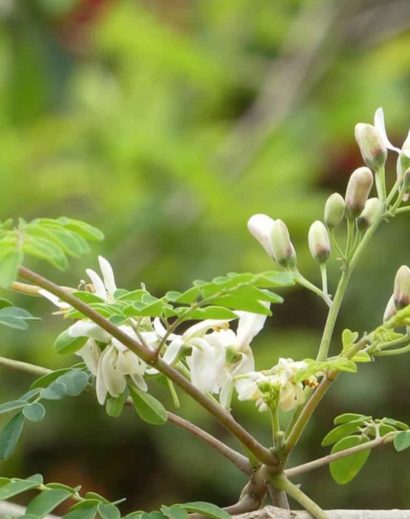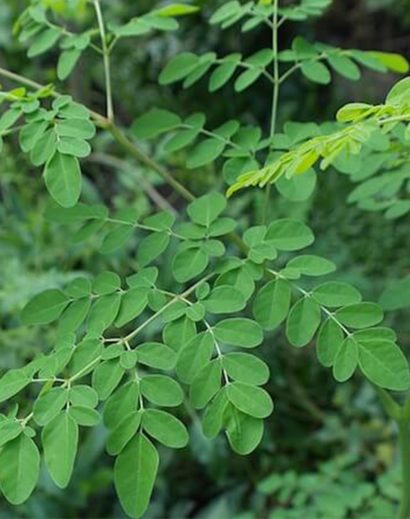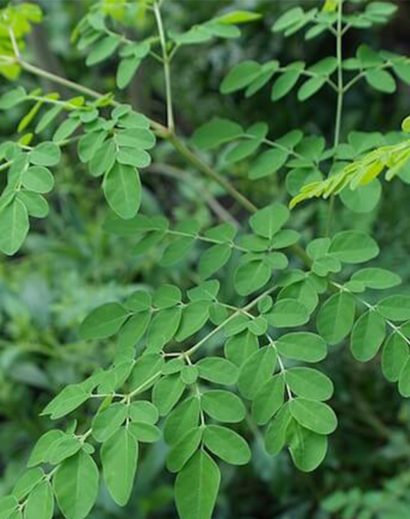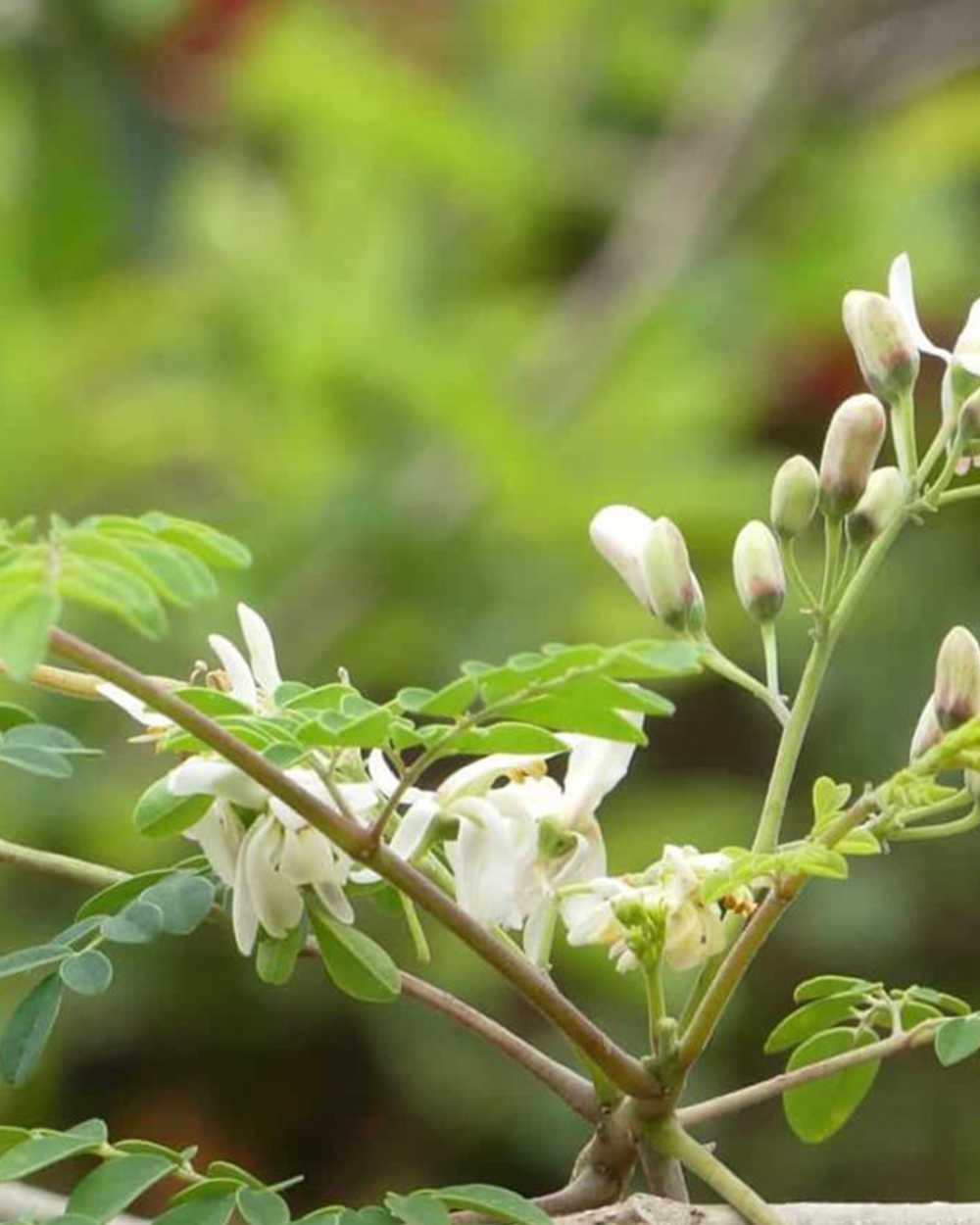Moringa (Moringa oleifera) is a versatile plant known for its various uses, including as a potential source of organic fertilizer. While moringa is primarily cultivated for its edible leaves, pods, and seeds, it also has properties that make it suitable for use as a natural fertilizer. Here are some ways in which moringa can be utilized as a fertilizer plant:
- Nutrient-Rich Leaves: Moringa leaves are packed with essential nutrients, including nitrogen, phosphorus, and potassium (NPK), which are key elements in plant fertilization. These leaves can be harvested and incorporated into the soil or used to make a liquid fertilizer.
- Leaf Mulch: Dried moringa leaves can be ground into a fine powder and used as a mulch or incorporated into the soil to enrich it with nutrients. This can improve soil fertility and enhance plant growth.
- Green Manure: Moringa plants can be grown as cover crops or green manure. When the plant is cut and incorporated into the soil while still green, it adds organic matter and nutrients to the soil, improving its structure and fertility.
- Compost: Moringa leaves, along with other organic materials, can be composted to create nutrient-rich compost. The compost can then be used to fertilize a wide range of crops.
- Liquid Fertilizer: Moringa leaves can be used to create a liquid fertilizer by soaking them in water for a few days. The resulting nutrient-rich water can be applied directly to plants or as a foliar spray.
- Seed Cake: After extracting oil from moringa seeds (commonly used in cooking and cosmetics), the remaining seed cake can be used as a natural fertilizer due to its nutrient content. It can be mixed into the soil or composted.
- Biofertilizer: Moringa has beneficial microorganisms associated with its root system, which can enhance soil health and promote nutrient availability to plants. This can act as a form of biofertilizer when moringa is grown alongside other crops.
- Improving Soil Health: Moringa’s deep root system can help improve soil structure and prevent erosion, which indirectly contributes to better soil fertility.
It’s important to note that while moringa can be a valuable source of natural nutrients for your garden or farm, its use should be balanced and combined with other organic fertilizers or soil amendments as needed.






Reviews
There are no reviews yet.